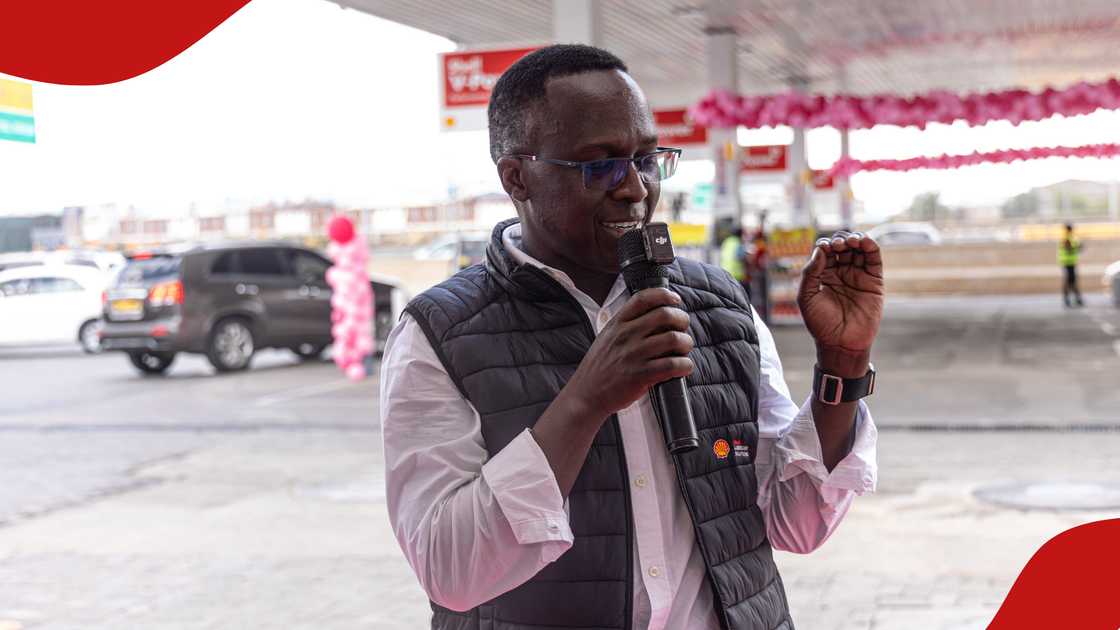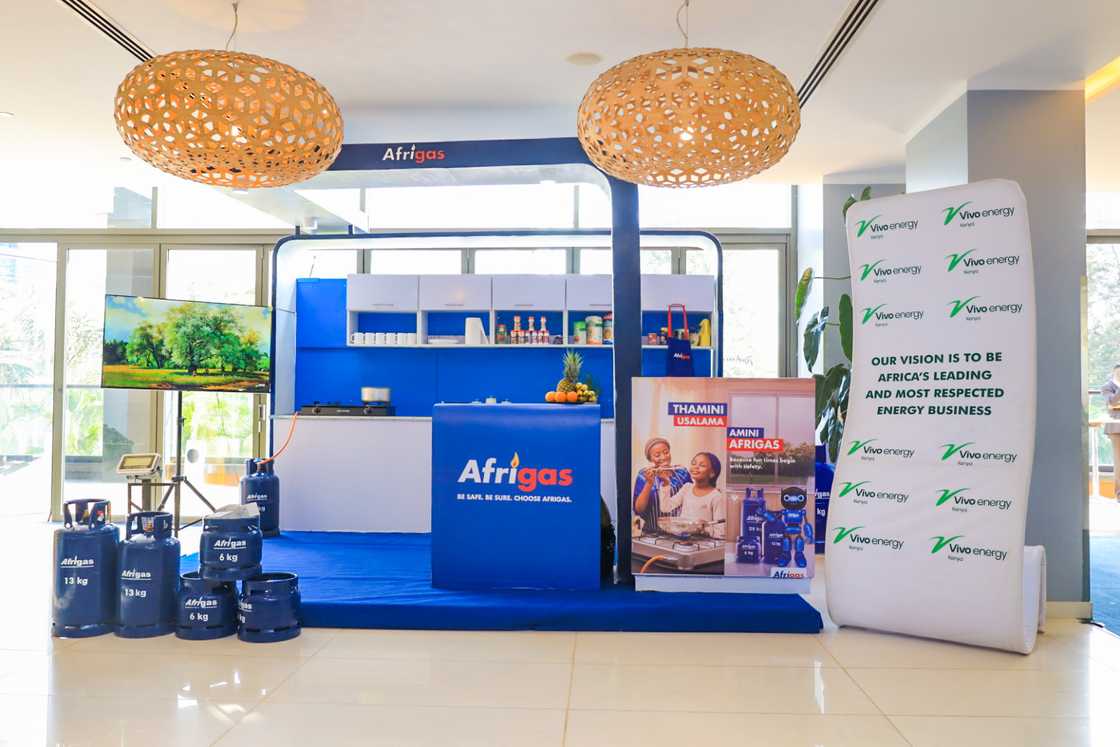Overview of Vivo Energy in the Kenyan Market
Vivo Energy has been operating in the Kenyan market for 13 years and is responsible for managing Shell service stations across the country. The company holds a significant market share of 21.34%, making it the leading oil marketing firm in Kenya, surpassing Rubis Energy Kenya, which ranks second with a market share of 15.96%. As one of the key players in the energy sector, Vivo Energy has taken several initiatives to promote environmental conservation and green energy.

The company, known for its association with the Shell brand, has demonstrated a strong commitment to environmental stewardship and sustainable innovation. It has introduced cleaner energy solutions and improved service delivery, setting an example for others in the industry.
Initiatives for Green Energy
In an exclusive interview, Vivo Energy highlighted its efforts to address climate-related risks and opportunities. The company has identified various activities and plans aimed at harnessing transition opportunities while mitigating risks. One such initiative involves using renewable power at its facilities, which has resulted in a 20% reduction in electricity bills.
“We are including on-site solar power at newly built and rebuilt retail sites where possible. In 2024, the Vivo Energy Group added solar to 40 sites and one depot across the countries where we operate. In Kenya, we have solar installations at over 30 Shell service stations and our depot in the Nairobi terminal. We also have six motorbike battery swapping stations at various Shell service stations. The solar installations under our management are designed to reduce electricity bills by 20% during the day, reducing electricity and fuel bills,” the communications manager stated.

Another area of focus for Vivo Energy Kenya is the promotion of LPG (Liquefied Petroleum Gas) as a clean energy source. This includes its role in clean cooking, commercial and industrial sectors, mobility, and power generation. The company’s LPG brand, Afrigas, has been in the Kenyan market for over 60 years and is recognized for being clean, safe, and efficient.
Afrigas offers a wide range of LPG products, including:
- 6kg camping gas cylinder
- 6kg supa jiko cylinder
- 13kg gas cylinder
- 25kg gas cylinder
- 45kg gas cylinder
- Accessories such as regulators, burners, and pipes
These products enhance the consumer experience, ensuring safety and efficiency.
Understanding Kenya’s LPG Demand
According to the 2025 Economic Survey published by the Kenya National Bureau of Statistics (KNBS), the demand for LPG increased by 13.6% in 2024, reaching 414,900 tonnes from 365,300 tonnes in 2023. LPG is a preferred off-grid energy option in Africa, contributing to clean cooking, deforestation prevention, and positive social impact. Its benefits align with 11 of the 17 Sustainable Development Goals.
Beyond clean cooking, LPG is used in distributed power, mobility, commercial, industrial, agriculture, and mining sectors. It is easily transportable and does not degrade over time.

Benefits to Kenyans
Vivo Energy has established a framework that encompasses its environmental, social, governance, and sustainability activities. This framework is built on three pillars: people, planet, and partnerships.
The company supports the education sector by sponsoring students at Starehe Boys’ Centre and School, as well as working with organizations like the Palmhouse Foundation and Mukuru Promotion Centre. It currently supports over 50 students with their secondary school education.
In addition, Vivo Energy collaborates with the National Transport and Safety Authority (NTSA) to improve road safety for schoolchildren by providing stop signs. Through its Tuvuke Salama road safety campaign, the company has distributed 500 stop signs in 13 counties and 300 vulnerable schools over the past two years.
The company also works with NTSA on the Fit2Drive health program, which focuses on the wellness of drivers in educational institutions.
To conserve the environment, Vivo Energy has facilitated the planting of over 170,000 trees and mangroves in various locations, including Mt Kenya, the Coast, Kakamega Forest, Enkong’u Springs, Kerarapon, and Kaptagat Forest. Additionally, it donated 16 acres of land to the Karura Forest Environmental Educational Trust (KFEET) to be used as an educational and recreational facility.
